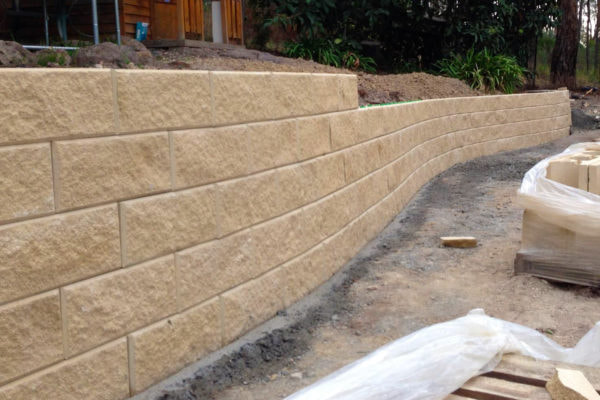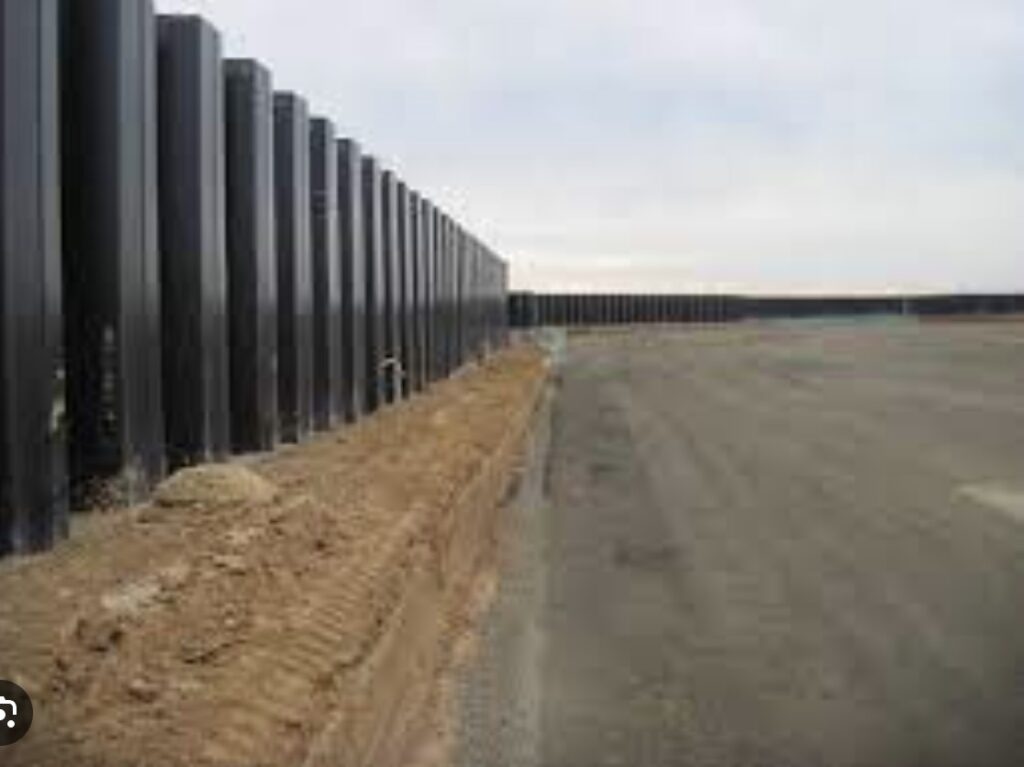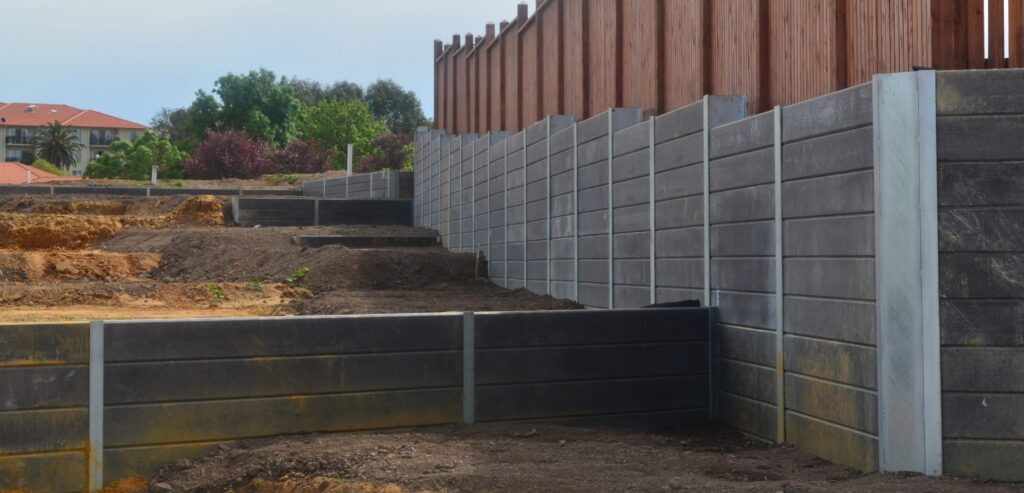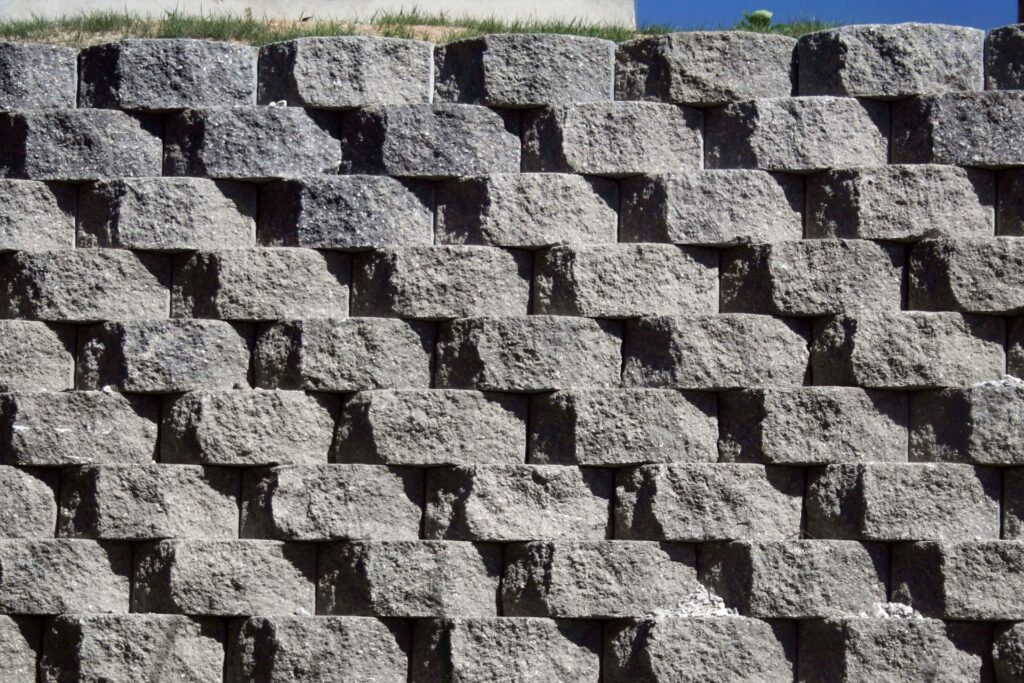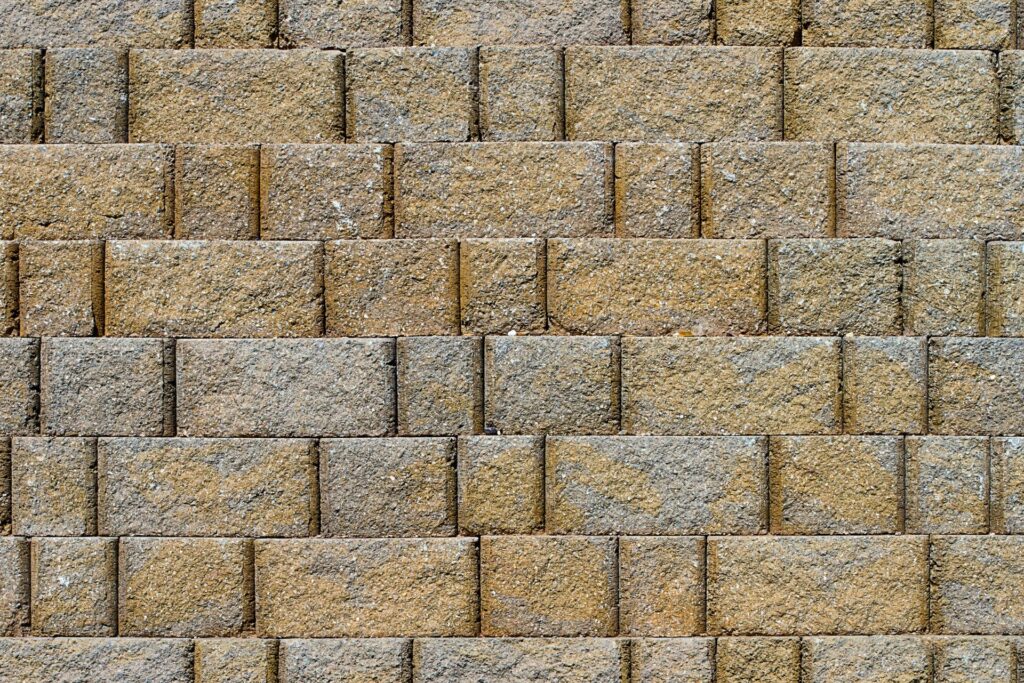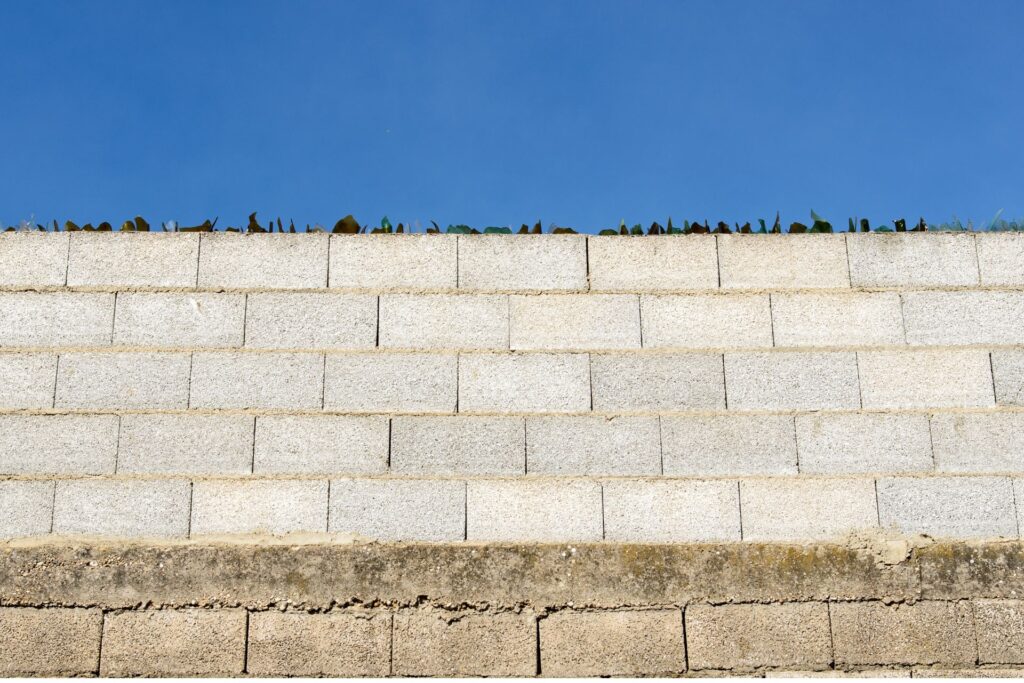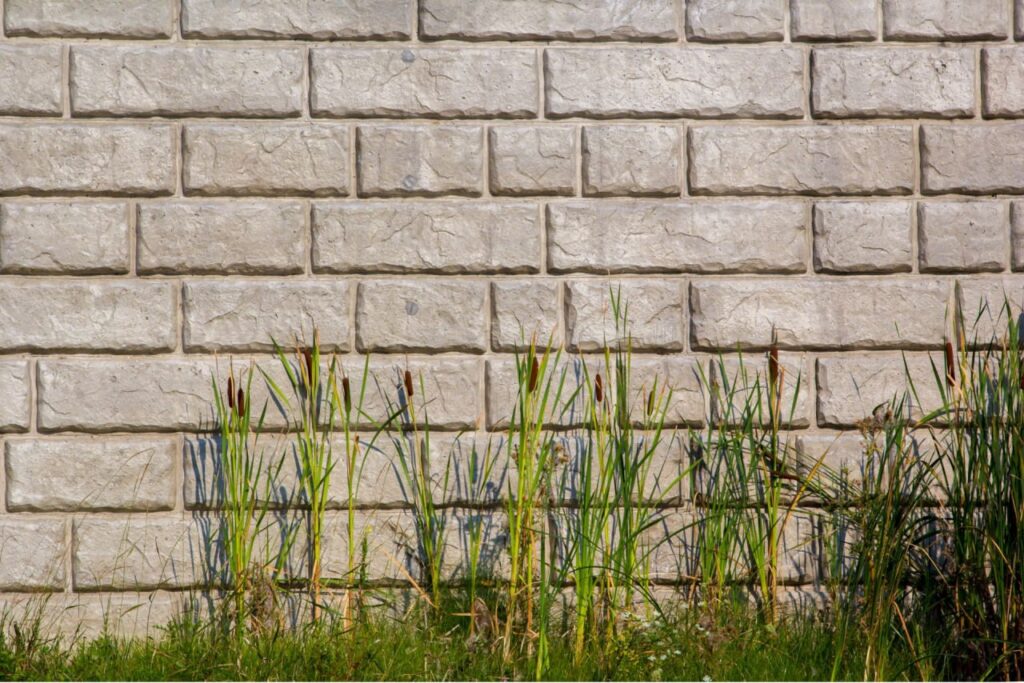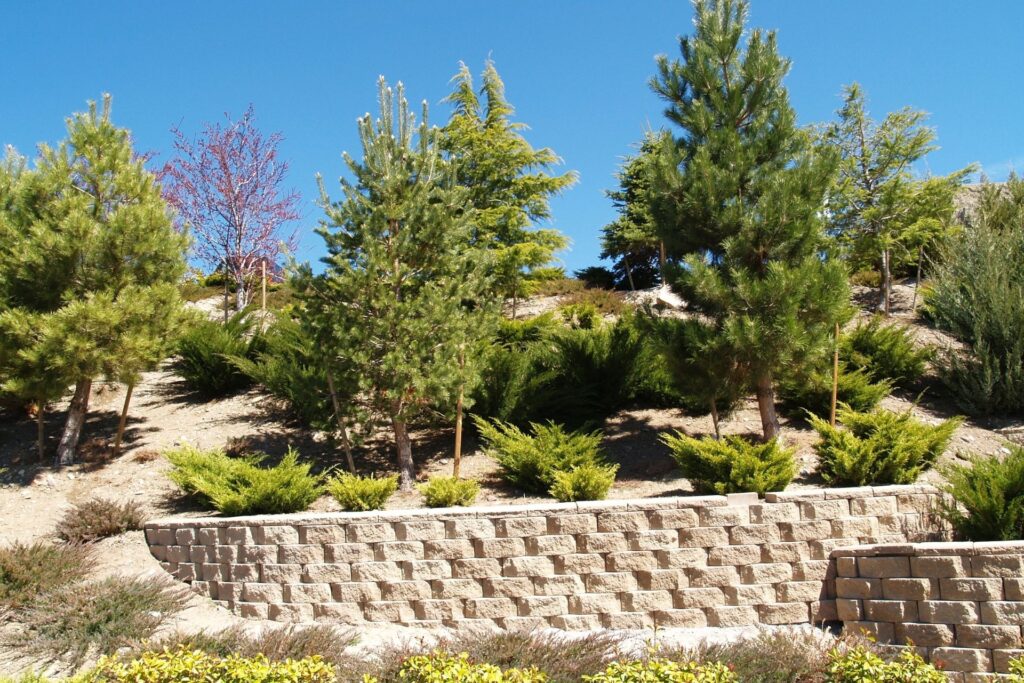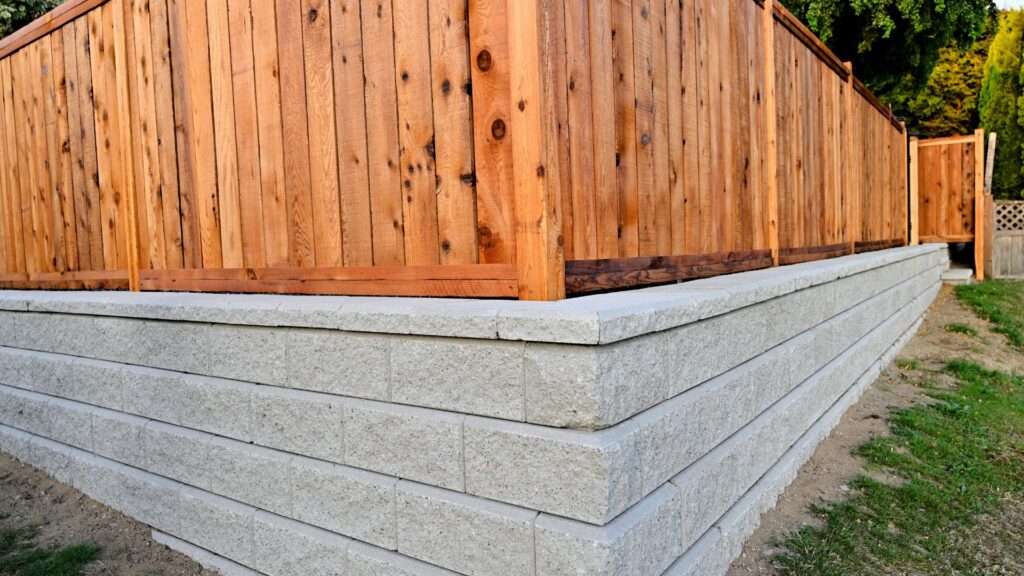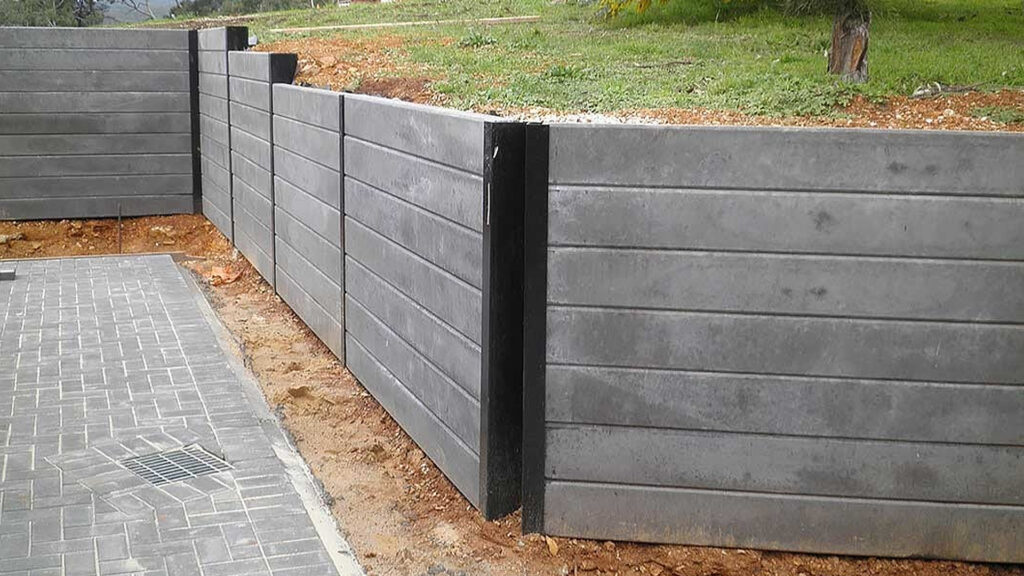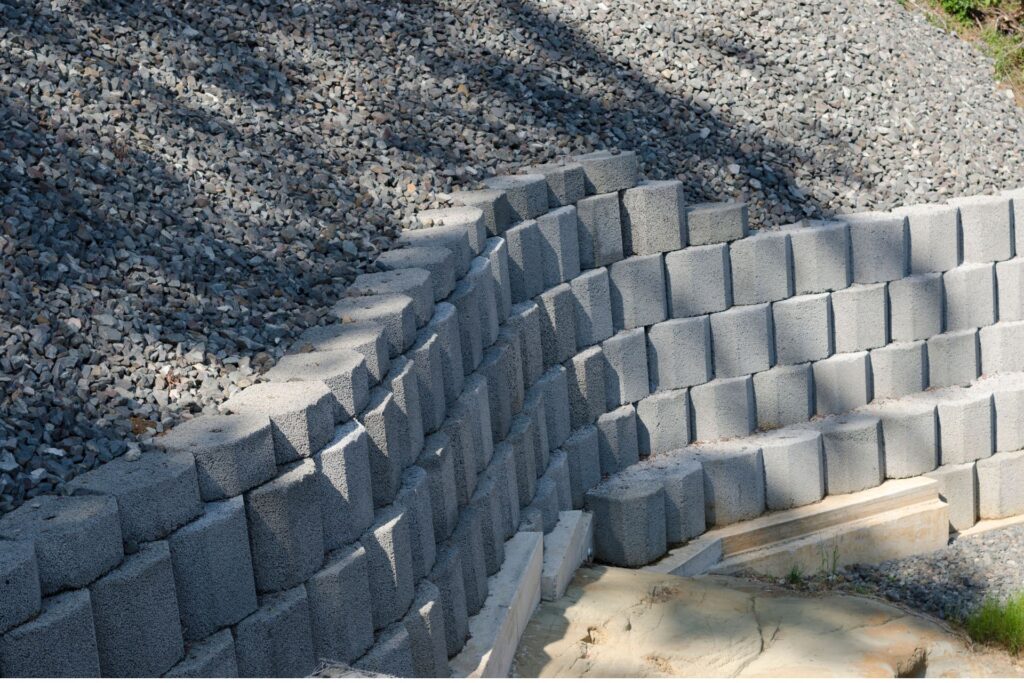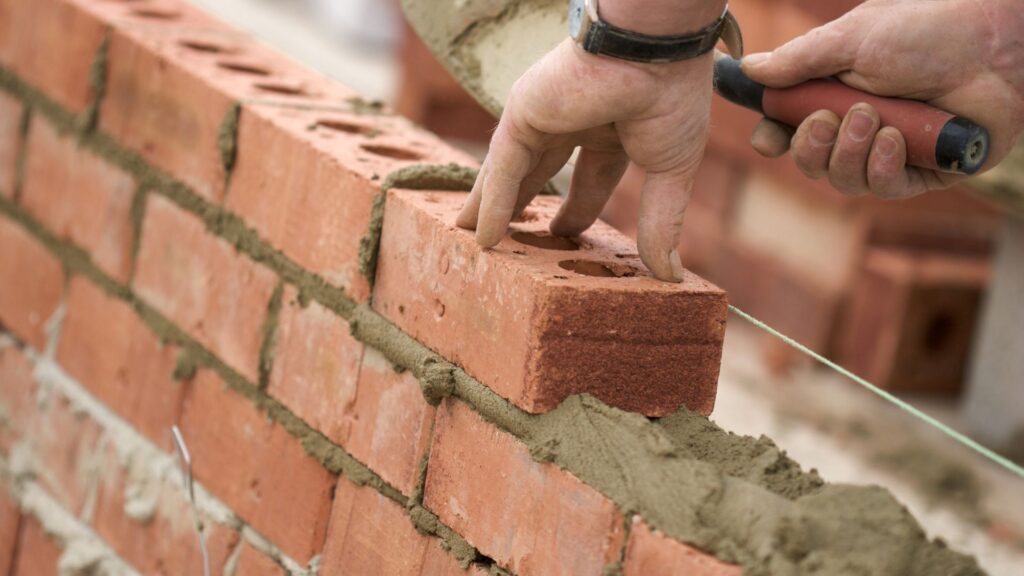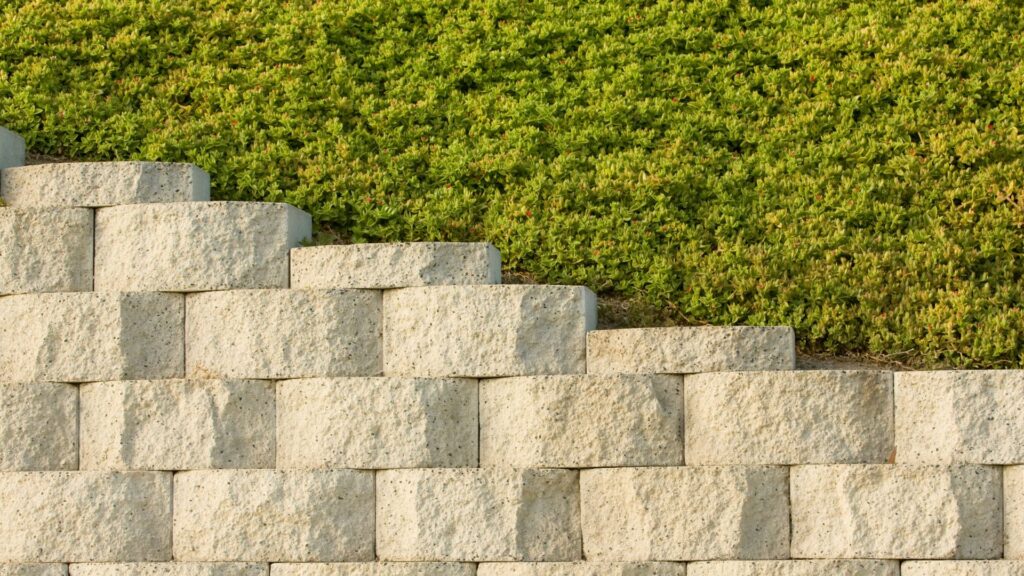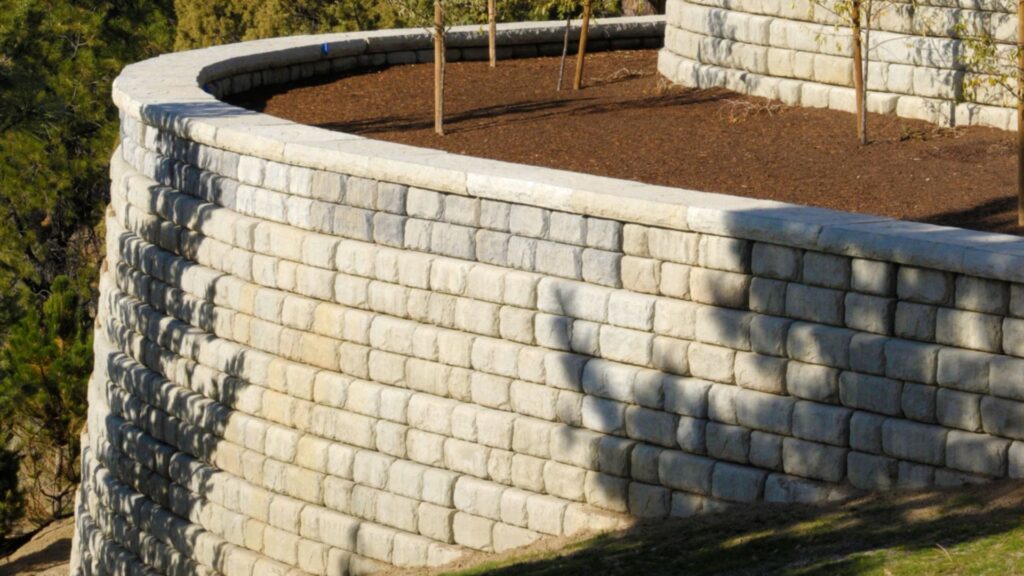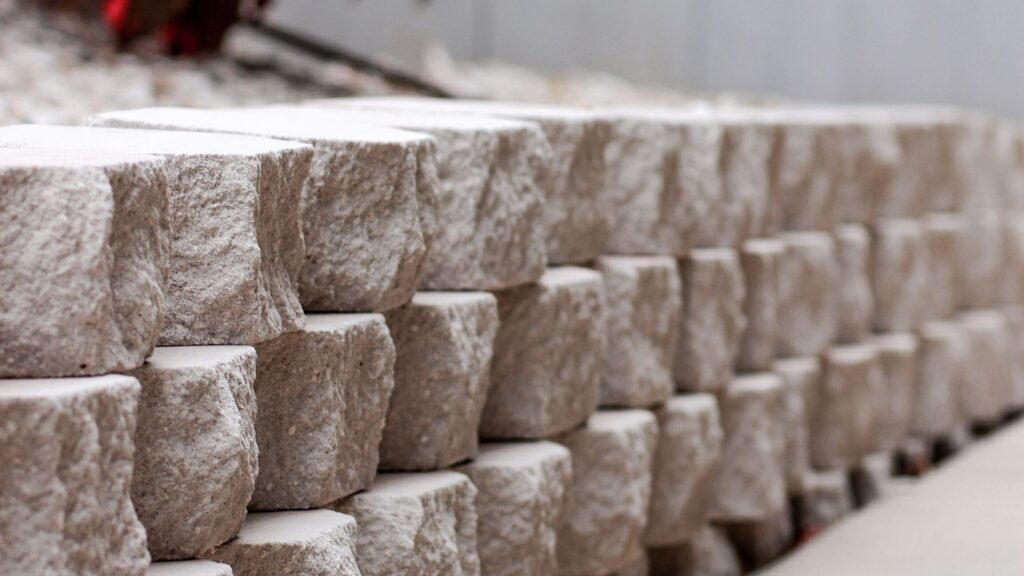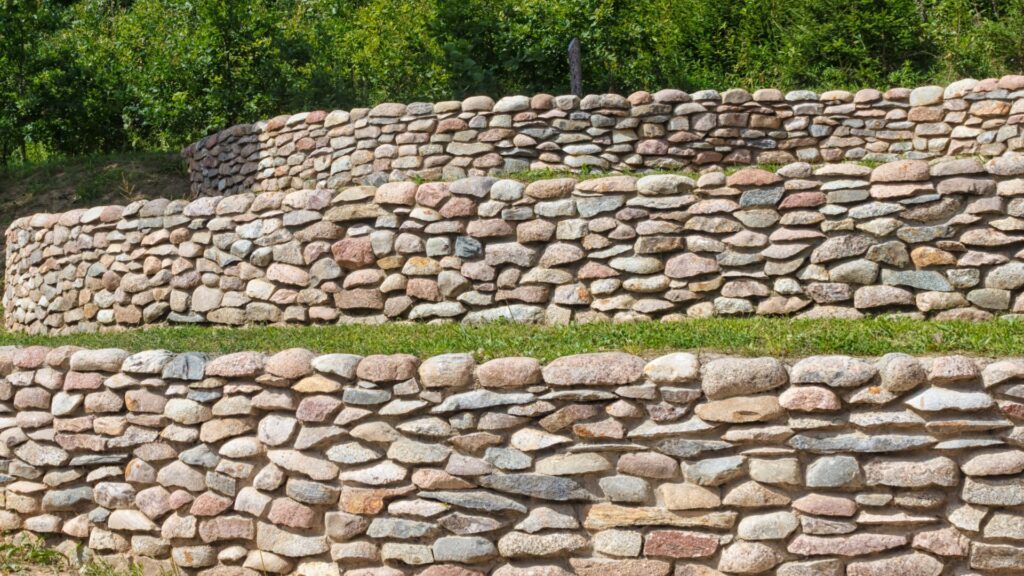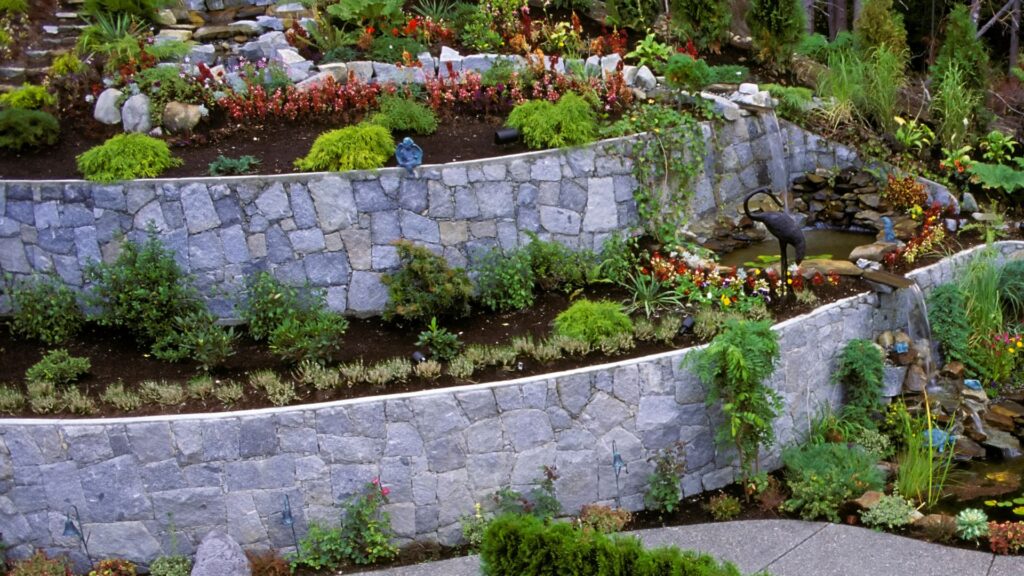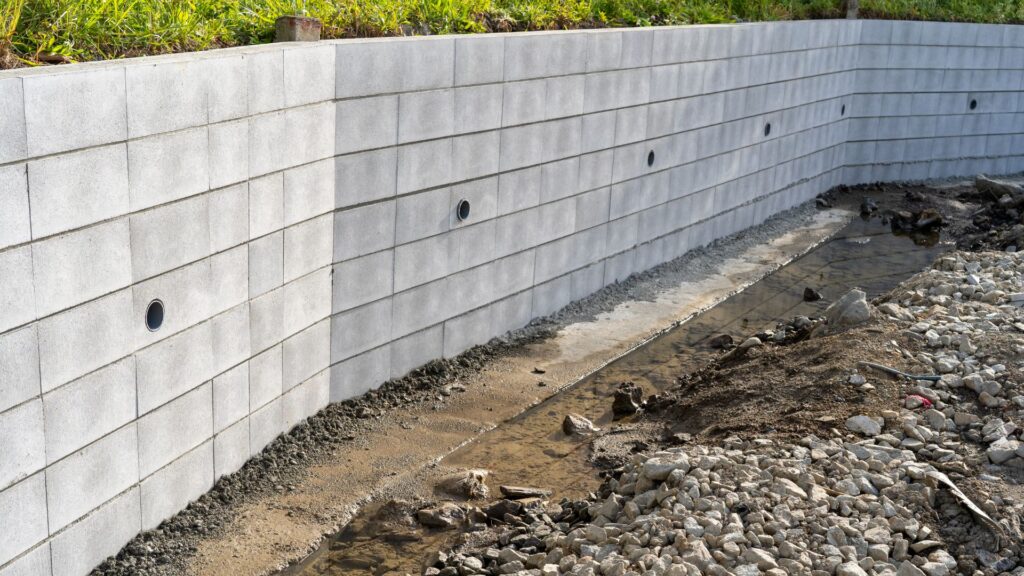Welcome to our comprehensive guide on retaining wall drainage in New Zealand, where we’ll explore everything you need to know to ensure your retaining wall stands the test of time. Whether you’re planning a new build or maintaining an existing structure, proper drainage is a critical factor that can prevent costly repairs, water damage, and structural failure. With New Zealand’s unique geography and varying weather conditions, understanding how to manage water flow behind your retaining wall is essential for both safety and longevity. In this post, we’ll break down the importance of drainage, the common signs of drainage problems, and practical solutions to keep your retaining wall strong and stable for years to come.
Retaining wall drainage refers to the methods used to divert water away from the soil behind a retaining wall, preventing water buildup that can cause pressure, erosion, or structural damage. In New Zealand, proper drainage is crucial due to heavy rainfall and varied terrain. Effective drainage systems, such as gravel backfill, drainage pipes, and weep holes, help reduce hydrostatic pressure, increase the wall’s longevity, and prevent costly repairs or failure.
- What Is Retaining Wall Drainage?
- Signs Your Retaining Wall Has Drainage Problems
- Why Proper Drainage Is Essential for Retaining Walls In NZ
- Types Of Retaining Wall Drainage Systems Suitable For NZ Properties
- How To Ensure Proper Drainage For Your Retaining Wall (DIY And Professional Options)
- Best Practices For Retaining Wall Drainage In New Zealand
- FAQs: About Retaining Wall Drainage NZ
- Conclusion
What Is Retaining Wall Drainage?
Retaining wall drainage refers to the method of preventing water buildup behind a retaining wall, which is crucial for its stability and longevity. When water accumulates behind a wall, it increases pressure, known as hydrostatic pressure, which can weaken or even cause the wall to fail over time. Essentially, a well-designed drainage system allows water to escape, relieving this pressure and preventing damage.
There are several common types of drainage systems used in retaining walls. Weep holes are small openings at the base of the wall that allow water to drain naturally. Another option is the installation of drainage pipes, typically perforated, to channel water away from the back of the wall. Additionally, a gravel backfill is often used, which creates a permeable layer to improve water flow and prevent clogging.
In New Zealand, retaining wall drainage is especially important due to the country’s diverse weather patterns and landscapes. With areas prone to heavy rainfall and properties located on coastal or sloped terrains, managing water effectively is essential. Proper drainage helps prevent landslides and erosion while ensuring that retaining walls remain sturdy, especially in regions susceptible to sudden downpours. This makes investing in effective drainage systems crucial for maintaining the integrity of retaining walls across various New Zealand landscapes.

Signs Your Retaining Wall Has Drainage Problems
When a retaining wall experiences drainage issues, several telltale signs often emerge, signaling that the wall may be in trouble. Recognizing these early on can prevent costly repairs and safeguard the structural integrity of your landscape.
- Cracking or Bulging: One of the most obvious signs is visible cracking or bulging. These issues are typically caused by excessive water pressure behind the wall. When water isn’t properly drained, it accumulates behind the wall, creating hydrostatic pressure. Over time, this can cause the wall to bow outward or develop cracks, compromising its stability.
- Pooling Water: If you notice water collecting at the base of your retaining wall, it’s a sign that the drainage system isn’t functioning properly. Pooling water indicates that water is not being directed away from the structure, leading to potential damage to the wall’s foundation and the surrounding area.
- Soil Erosion or Slumping: Poor drainage can cause soil behind the wall to erode or slump. When water accumulates behind the wall and fails to drain properly, it weakens the soil, causing it to shift or wash away. This can create voids behind the wall, which reduces support and can lead to collapse.
- Unpleasant Odors or Moss Growth: Stagnant water trapped behind or near the wall can result in unpleasant odors or the growth of moss and algae. These organic signs indicate that water is not being properly channeled away from the wall, leading to a soggy, damp environment that fosters growth and decay.
Addressing these issues promptly can help prevent more significant damage and extend the life of your retaining wall.

Why Proper Drainage Is Essential for Retaining Walls In NZ
Retaining walls are a vital aspect of many New Zealand landscapes, whether they support garden beds, driveways, or larger earthworks. However, without proper drainage, these walls can fail, leading to expensive repairs and even safety hazards. Understanding why drainage is crucial is key to building a wall that lasts.
Preventing Hydrostatic Pressure
Hydrostatic pressure occurs when water builds up behind the retaining wall. In regions like New Zealand, which can experience significant rainfall, this is a common issue. Without an efficient drainage system, the accumulated water exerts pressure on the wall. Over time, this pressure can cause cracks, bulges, or even complete collapse. By allowing water to escape through proper drainage systems, such as weep holes or perforated pipes, you significantly reduce the risk of hydrostatic pressure and wall failure.
Improving Longevity
Proper drainage not only prevents immediate damage but also prolongs the life of the retaining wall. Water buildup can weaken the wall’s structure, leading to costly repairs or even total replacement in severe cases. By installing drainage solutions, you ensure that the wall can withstand varying weather conditions, increasing its longevity and reducing maintenance costs.
Reducing Erosion
In areas with heavy rainfall, which are common in New Zealand, soil erosion around the retaining wall is a significant concern. Poor drainage can exacerbate this issue by allowing water to flow uncontrolled, washing away the soil and destabilizing the wall. Effective drainage helps channel the water away, keeping the soil intact and reducing the chances of erosion-related damage.
Environmental Impact
Poor drainage can also have wider environmental consequences. If water carrying sediment is not properly managed, it can lead to runoff that affects nearby waterways or vegetation. Sediment-filled water can clog streams, disrupt ecosystems, and cause long-term damage to natural habitats. By ensuring your retaining wall has proper drainage, you contribute to a healthier environment.
Case Study: The Consequences of Poor Drainage
In several areas across New Zealand, retaining walls have collapsed due to inadequate drainage. For example, in Auckland, there have been cases where poor drainage led to wall failures during periods of heavy rain, causing property damage and safety risks. On the flip side, Christchurch has seen success with retaining walls that incorporated proper drainage systems, allowing them to endure harsh weather conditions without issue. These examples illustrate the critical importance of drainage in retaining wall design.
By understanding the vital role of drainage, you ensure your retaining wall is built to last, reducing the risks of failure, saving on costs, and protecting the environment.

Types Of Retaining Wall Drainage Systems Suitable For NZ Properties
Retaining wall drainage is essential for ensuring the stability and durability of retaining walls, especially in New Zealand’s diverse climate. Proper drainage helps prevent water accumulation, which can lead to structural failure or erosion. Selecting the appropriate drainage system for your property depends on factors like the size of the wall, the landscape, and local weather patterns. Here are the most common types of retaining wall drainage systems suitable for NZ properties.
1. Gravel Backfill and Filter Fabric
Gravel backfill combined with filter fabric is one of the simplest and most affordable drainage options. This method involves placing a layer of gravel behind the retaining wall, which acts as a porous medium to allow water to flow through it. Filter fabric is then installed to prevent soil from clogging the gravel, ensuring that water can continue to drain effectively.
Advantages
Gravel backfill is an easy-to-install solution that requires minimal tools and materials, making it a cost-effective choice for many homeowners. It is particularly suitable for small to medium-sized retaining walls and flat properties where water pressure is not extreme. Its affordability and simplicity make it a popular choice for many DIY projects.
2. Drainage Pipes (Perforated Pipes)
Perforated drainage pipes are an excellent solution for larger walls or areas that experience heavy rainfall. These pipes are installed at the base of the retaining wall and are designed to collect water that has filtered through the soil or gravel. The perforations in the pipe allow water to enter and be directed away from the wall, preventing it from pooling behind the structure.
Advantages
Drainage pipes are highly effective at handling large volumes of water and are often used in combination with gravel backfill to enhance their performance. This system is ideal for properties with heavy rainfall or those on sloped land where water runoff is a concern. While the installation requires more labor, the result is a reliable drainage system that can handle substantial water flow.
3. Weep Holes
Weep holes are small openings placed at intervals along the bottom of a retaining wall. These holes allow water to drain through the wall instead of building up behind it. Though simple in design, weep holes are effective for preventing water pressure from accumulating, which can cause a wall to crack or collapse.
Advantages
Weep holes are particularly suited for smaller walls or areas with moderate rainfall. They are cost-effective, easy to install, and provide a straightforward solution for releasing trapped water. However, weep holes are best suited for walls where water flow is minimal, as they may not be effective in handling larger volumes of water.
4. Drainage Channels or French Drains
Drainage channels, also known as French drains, are designed to capture surface water and direct it away from the retaining wall. These systems consist of a trench filled with gravel and a perforated pipe that allows water to flow through and away from the structure. French drains are particularly useful in sloped areas or coastal properties, where surface water runoff can be a significant issue.
Advantages
French drains are ideal for properties with uneven terrain or those located in coastal regions where water runoff is more frequent. They efficiently capture surface water and direct it away from the wall, reducing the risk of erosion or flooding. While the installation can be more involved, they provide long-lasting protection against water damage.
Choosing the right drainage system for your retaining wall is critical for maintaining its integrity, especially in New Zealand’s varying climates. By selecting a system that matches your property’s needs, you can ensure your wall remains stable and functional for years to come.

How To Ensure Proper Drainage For Your Retaining Wall (DIY And Professional Options)
Proper drainage is one of the most critical aspects of retaining wall maintenance. Without adequate drainage, water can build up behind the wall, leading to structural damage, soil erosion, or even complete wall failure. Whether you’re a DIY enthusiast or considering professional help, here are essential steps to ensure effective drainage.
DIY Tips for Proper Drainage
For those who prefer a hands-on approach, there are several key actions you can take to maintain your retaining wall and its drainage system. Start by regularly cleaning the weep holes, which are small openings at the base of the wall designed to release excess water. Weep holes can become clogged with dirt, debris, or plant matter, which obstructs the natural flow of water. By keeping these holes clear, you allow water to drain efficiently, reducing pressure on the wall.
Another DIY tip is to check the grading behind your wall. Proper grading ensures that water flows away from the retaining wall and toward drainage outlets, preventing water from accumulating and causing pressure on the structure. If the slope behind your wall is too flat or directs water toward the wall, you may need to adjust it to facilitate better water flow.
Lastly, always use high-quality gravel and backfill materials. These materials promote effective drainage by allowing water to filter through and reach the drainage outlets. Poor-quality backfill materials, such as soil with high clay content, can trap water and lead to poor drainage, making your wall more susceptible to damage over time.
When to Call a Professional
Some retaining wall drainage issues are more complex and may require professional expertise. If your wall is large, or if you’re dealing with heavy clay soils that retain water, a professional may be your best bet. Complex projects demand more precise techniques and the right equipment to ensure long-lasting results.
Signs that you may need to consult a professional include major cracks in the wall or if the wall is starting to lean. Both are indicators that water buildup has compromised the structure, and immediate attention is required to prevent further damage or collapse.
Costs of Professional Services in NZ
If you’re considering hiring a professional, the cost of drainage installation for retaining walls in New Zealand can vary significantly. For smaller walls, the average cost might range between $1,500 and $3,000 NZD, depending on materials and wall size. For larger or more complex walls, especially in areas with challenging soil conditions like clay, costs can escalate to $5,000 or more. It’s always best to consult local contractors for a detailed estimate based on your specific location and project requirements.
By following these tips and knowing when to seek professional help, you can ensure your retaining wall remains sturdy and well-maintained for years to come.

Best Practices For Retaining Wall Drainage In New Zealand
Retaining walls are a vital feature in many New Zealand landscapes, especially for properties on slopes or near coastal areas. However, one aspect that is often overlooked is drainage. A well-designed drainage system is critical to the longevity and stability of the wall.
Planning the wall with drainage in mind
When designing a retaining wall, drainage should be a top priority from the beginning, not an afterthought. Improper drainage can lead to water buildup behind the wall, increasing pressure that may cause cracking or collapse over time. Before construction, assess the type of soil, the natural water flow of the site, and local weather conditions. By planning for these factors early, you can integrate drainage solutions like weep holes, gravel backfills, and drainage pipes into the design. This proactive approach ensures the structure is equipped to handle New Zealand’s varying rainfall patterns, particularly in regions with heavy downpours.
Choosing the right materials
Using the correct materials is essential for effective drainage. Perforated pipes, often installed at the base of the wall, allow water to flow away from the structure, reducing hydrostatic pressure. Geotextiles are also a key component, as they prevent soil from clogging the drainage system while still allowing water to pass through. Crushed stone or gravel is typically placed behind the wall to facilitate water movement. The right combination of materials ensures that water is efficiently directed away from the wall, preventing long-term damage.
Maintaining your drainage system
Even the best drainage systems require ongoing maintenance to function effectively. Over time, debris can clog drainage pipes or backfill material, which restricts water flow. Regularly inspecting and clearing out the drainage outlets, especially after heavy rains, will help keep the system working properly. If your retaining wall is in a high-risk area, such as on a hillside or near the coast, periodic professional assessments can identify any potential issues early on.
Local regulations and permits
In New Zealand, it’s essential to comply with local regulations and permits when constructing retaining walls with drainage systems. Depending on your location, particularly in coastal or hillside areas, you may need resource consent from your local council. Guidelines often cover aspects like wall height, material use, and drainage requirements to ensure safety and environmental protection. Always check the specific regulations in your region before starting construction to avoid costly fines or rebuilds.

FAQs: About Retaining Wall Drainage NZ
Conclusion
Proper drainage is essential for maintaining a durable and safe retaining wall, as poor water management can lead to pressure buildup and eventual failure. Whether you’re constructing a new wall or maintaining an existing one, addressing drainage from the start can save you from costly repairs down the line. It’s crucial to inspect your retaining wall regularly to catch any drainage issues early, and if you’re planning a new build, consulting a professional can ensure the system is designed to handle New Zealand’s varied climate. Investing in proper drainage will extend the life of your wall and prevent long-term damage. Have you faced any drainage issues with your retaining wall? Share your experiences or ask questions in the comments below—we’d love to hear from you!
About the Author:
Mike Veail is a recognized digital marketing expert with over 6 years of experience in helping tradespeople and small businesses thrive online. A former quantity surveyor, Mike combines deep industry knowledge with hands-on expertise in SEO and Google Ads. His marketing strategies are tailored to the specific needs of the trades sector, helping businesses increase visibility and generate more leads through proven, ethical methods.
Mike has successfully partnered with numerous companies, establishing a track record of delivering measurable results. His work has been featured across various platforms that showcase his expertise in lead generation and online marketing for the trades sector.
Learn more about Mike's experience and services at https://theleadguy.online or follow him on social media:


